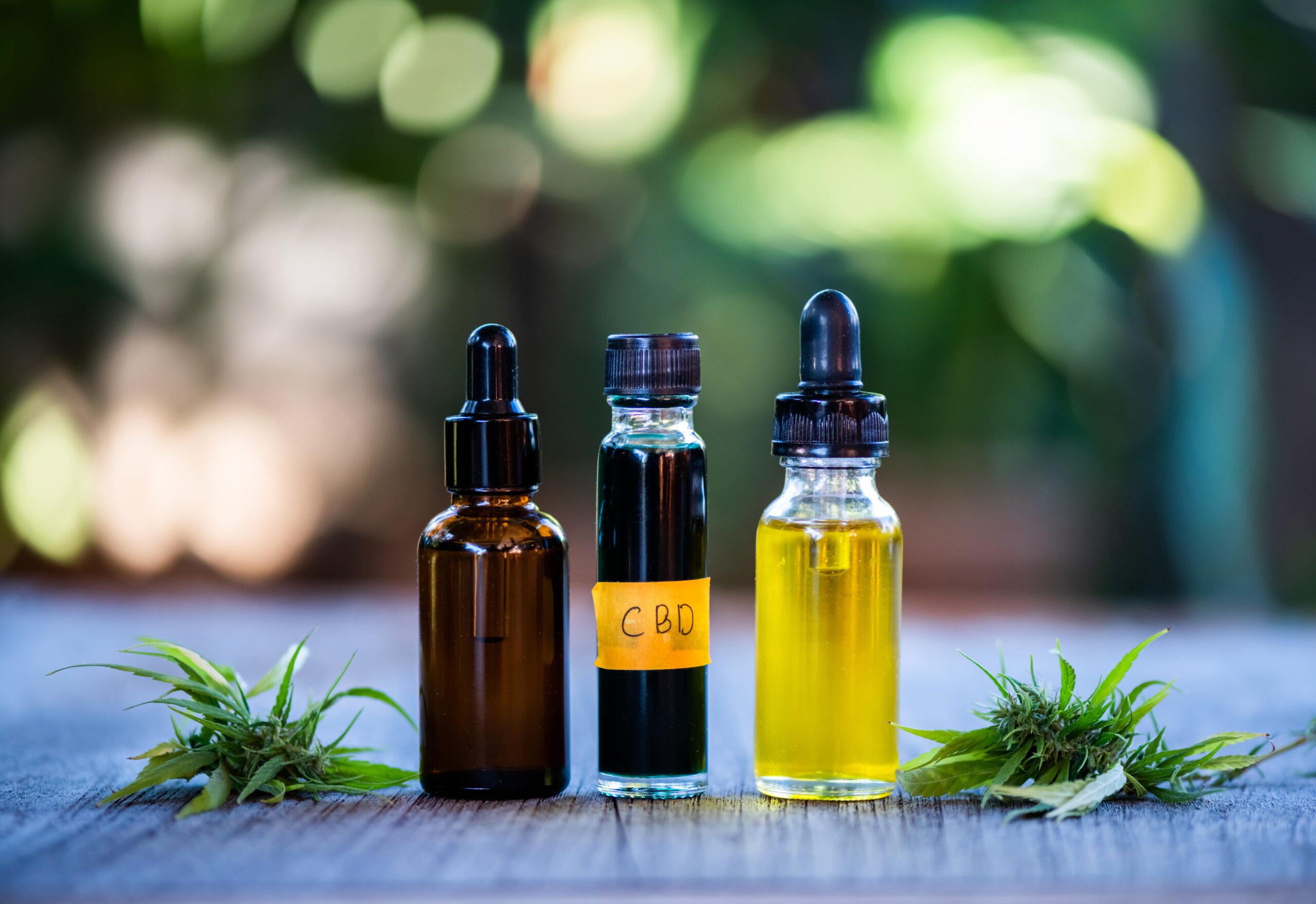Comparison between CO2 extraction Methods and Ethanol extraction

There are many methods available to extract cannabinoids out of biomass. Supercritical CO2 (CBD), and tetrahydrocannabinol (THC), are two of the most common extraction methods. Both are effective in practice. You can find the extract cannabinoids easily at cbd stores.
However, there are many extraction methods that can be used.
After considering both, however, we think you’ll agree with most customers and experts that supercritical CO2 extract is the best choice.
The highest throughput and lowest operating costs for supercritical CO2 extraction are achieved. It also produces consistent, high-quality oils.
Let’s compare CO2 extraction techniques with ethanol extraction techniques based upon the following parameters.
Organic oil
To create organic products, ethanol extraction must be done with organic food-grade ethanol. To create organic products, supercritical CO2 extraction does not require any special requirements.
Cannabinoid recovery
The typical cannabinoid recovery with ethanol extraction including carbon scrubbing is between 50 and 80%. To remove chlorophyll, it may be necessary to use high-cost consumable carbon. Carbon can absorb CBD and THC, lowering recovery.
Supercritical CO2 extraction yields 85-95% cannabinoid recoveries. This method doesn’t require carbon.
Solvent Recovery
Ethanol is expensive and requires extensive recovery. High operating costs are a result of ethanol recovery rates between 90-95%. Solvent recovery is not as difficult for low-cost CO2. You can recycle CO2 within a batch or run.
Extraction of biomass
Biomass-derived from ethanol is a hazardous waste that must be removed. Due to the type and amount of ethanol used, it can be toxic or flammable. Therefore, its transportation must be controlled.
Supercritical CO2 extraction cleans biomass. It can be used to produce food-grade amino acids. It is not controlled in its transportation.
Winterization
You can avoid winterization with ethanol extraction by extracting at -20 C. This can lead to high energy costs. However, ethanol extracted at high temperatures will need to be winterized.
Subcritical extraction can be avoided by using a supercritical CO2 extraction. However, CO2 extraction without winterization is slower.
Safety
Indoor deployment of ethanol extraction poses a significant fire hazard.
Supercritical CO2 extraction is free from fire hazards. Proper installation minimizes asphyxiation and static risks.
Terpenes
Terpenes enhance the full range of flavor and aroma. Terpenes can become lost or damaged in ethanol extraction.
We extract terpenes using a supercritical CO2 extraction. This is done during the decarboxylation process.
Environment
To extract ethanol, you will need a large carbon footprint. To cool ethanol down to -20 C, you will need lots of cooling capacity. After processing, hazardous biomass waste must be disposed of.
The non-toxic, renewable and easily recaptured CO2 is not toxic. It is considered a green solvent by the American Chemical Society.
Supercritical CO2 extraction is superior to ethanol extraction in all other parameters, except for the initial equipment cost. Furthermore, CO2 extraction has lower operating costs.
Operational costs are important
This section will show you the differences in solvent costs for a 1-ton daily Ethanol or CO2 system.
All these numbers show why CO2 is more profitable than ethanol extraction.
CO2 extraction is the most cost-effective and has the highest cannabinoid recovery levels. It is therefore the best option for hemp extraction.


